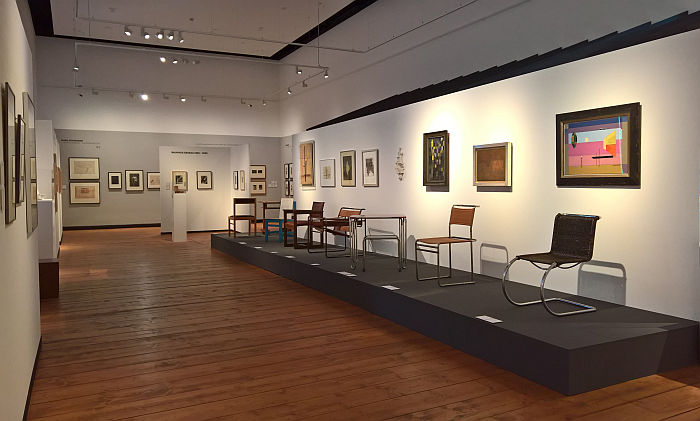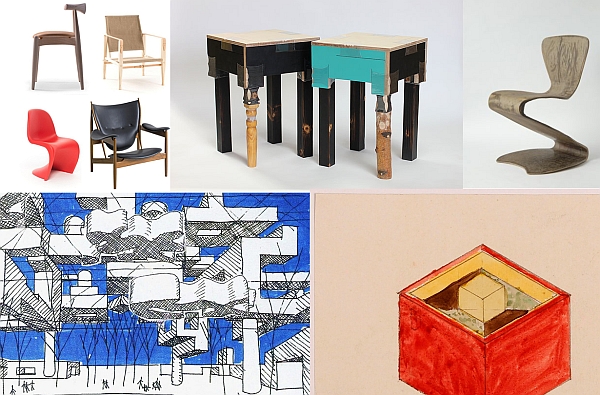Between Utopia and Adaptation. The Bauhaus in Oldenburg @ the Landesmuseum für Kunst und Kulturgeschichte Oldenburg
Sitting, quietly, unobtrusively, in the north-western corner of Germany, Oldenburg is, in many regards, a near textbook example of a provincial town. Which we don’t mean as an insult. Doesn’t mean it’s irrelevant. In any sense less worthy than elsewhere. Much more Oldenburg is the sort of self-contained community that exists not so much independent of the rest of the world, but without the rest of the world noticing. Or Oldenburg caring if they notice. Oldenburg has its (hi)stories, its intrigues, its characters, its dramas, its ways, its understandings, the sheer number of cafes in the pedestrianised town centre confirming that it does, and that is all important for Oldenburg. But Oldenburg is inconspicuous. Oldenburg isn’t the sort of place that is ever going to feature on the news, is never casually referenced in TV programmes, magazine articles or radio discussions, if they have a football team, then not one who play in a league you’ve ever heard of. Oldenburg is the sort of place one is from, but one would never move to. Respectable, decorous, correct, happy, unassuming. Provincial.
And thus surely not the sort of place to be troubled by something as radical, avant-garde and reformist as Bauhaus.
Surely……..
………………But yes.
And, as the exhibition Between Utopia and Adaptation. The Bauhaus in Oldenburg in the Landesmuseum für Kunst und Kulturgeschichte discusses, was not only troubled by, but actively contributed to.
5 New Design Exhibitions for December 2016
Five recommendations for new architecture and design exhibitions opening in December 2016, featuring shows in Copenhagen, Weimar, Nürnberg, London and Munich

